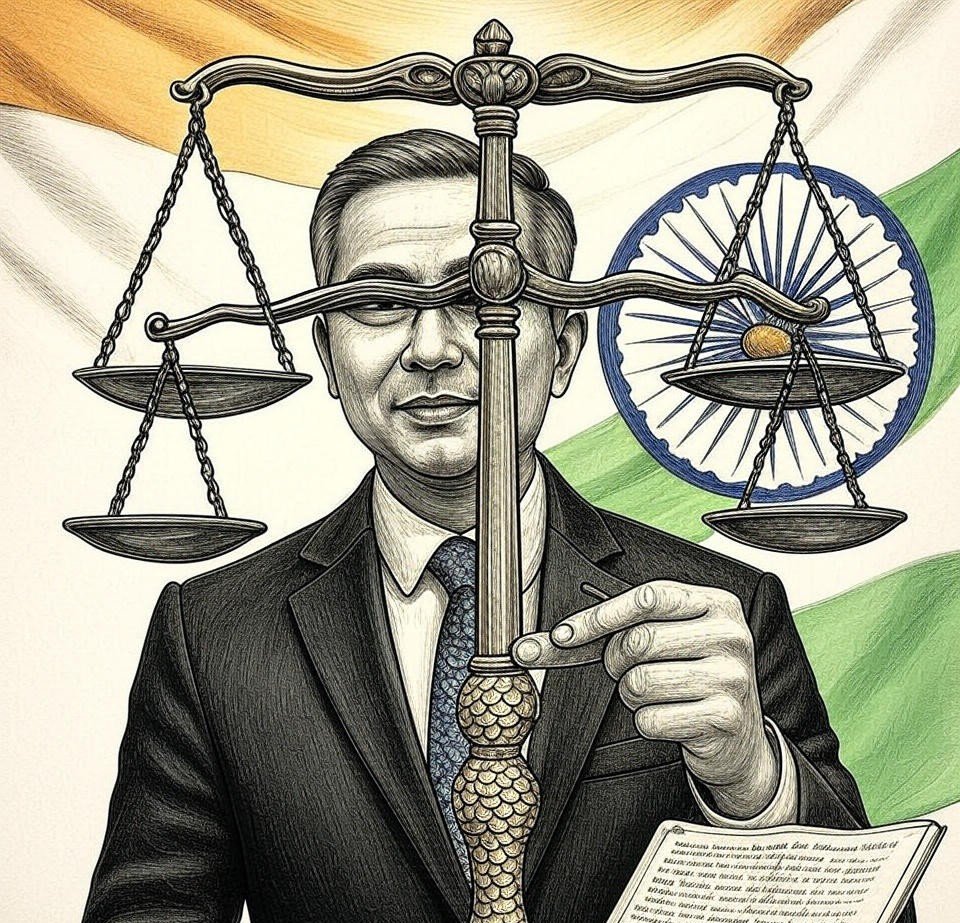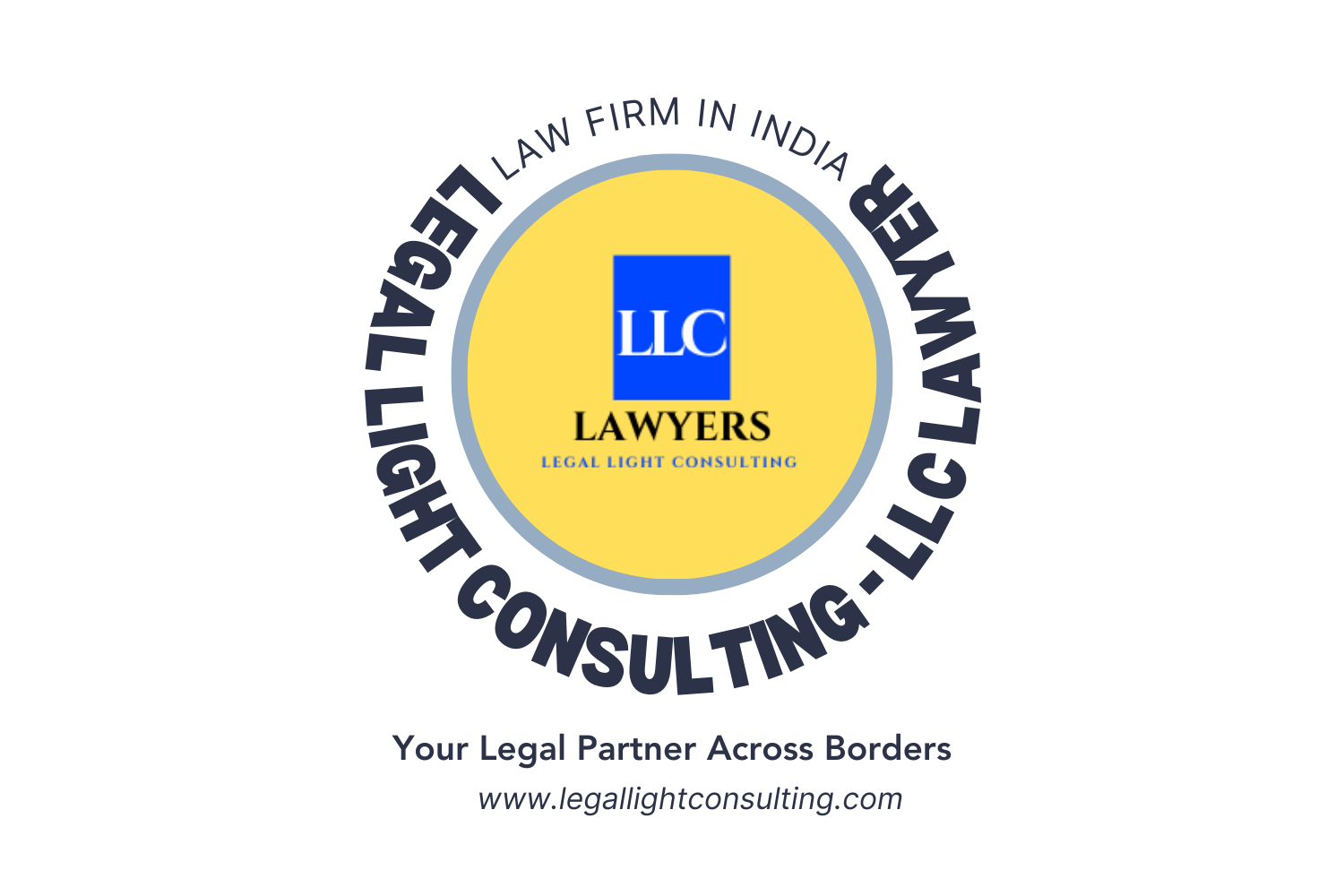Navigating the Supreme Court of India: A Guide to Key Petitions and Appeals
The Supreme Court of India is the highest judicial authority and the final court of appeal. Its power comes from the Constitution of India and various laws. For an ordinary person, understanding how to approach the Supreme Court can be overwhelming. This article breaks down the most common types of petitions and appeals filed in the Supreme Court in simple English.
Disclaimer: This article is for educational purposes only. It is not legal advice. For any specific legal help, please consult a qualified lawyer like those at Legal Light Consulting (LLC).
1. Special Leave Petition (SLP) under Article 136
-
What it is: This is the most common way to approach the Supreme Court. Article 136 gives the court a “special” power to grant permission (“leave”) to appeal against any judgment from any court or tribunal in India.
-
When to use it: If you have lost a case in a High Court and believe a grave injustice has occurred or a legal principle has been misinterpreted, you can file an SLP. The Supreme Court has the discretion to accept or reject it.
-
SLP (Civil): For disputes related to property, contracts, family law, etc.
-
SLP (Criminal): For appeals in criminal cases where an individual has been convicted or acquitted.
-
2. Transfer Petitions
-
What it is: A request to move a case from one court to another to ensure a fair trial.
-
When to use it:
-
Transfer Petition (Civil) under Sec. 25, CPC: Used to transfer a civil case from one state’s court to another, often due to potential bias, lack of a fair atmosphere, or convenience of the parties.
-
Transfer Petition (Criminal) under Sec. 406, CrPC: Used to transfer a criminal case from one High Court to another or from a lower court in one state to another.
-
3. Public Interest Litigation (PIL) under Article 32
-
What it is: A unique mechanism where any public-spirited individual or organization can file a case in the Supreme Court for the protection of “public interest.”
-
When to use it: It is used to address issues that affect the larger public or a group of people who cannot approach the court themselves. Examples include environmental pollution, human rights violations, or corruption in government schemes.
4. Challenging the Court’s Own Decisions
Sometimes, you need to challenge a decision made by the Supreme Court itself. There is a specific process for this:
-
Review Petition under Article 137: If you are unhappy with a Supreme Court judgment, you can request the same judges to “review” their own decision. This is only allowed on specific grounds, like a glaring mistake apparent on the record.
-
Curative Petition under Article 137: This is the final and last resort. If a Review Petition is dismissed, a Curative Petition can be filed to prevent a gross miscarriage of justice. It is heard by the senior-most judges and is very rare.
5. Contempt Petitions under Article 129
-
What it is: The Supreme Court has the power to punish individuals or entities for disrespecting its authority or disobeying its orders.
-
When to use it:
-
Civil Contempt: When someone willfully disobeys a judgment, order, or direction of the Supreme Court.
-
Criminal Contempt: When someone publishes any material or does an act that scandalizes the court, prejudices judicial proceedings, or interferes with the administration of justice.
-
6. Original and Appellate Jurisdiction
The Supreme Court has the power to hear cases for the first time (“original jurisdiction”) and to hear appeals (“appellate jurisdiction”).
-
Petition under Article 131: This is an “original suit” where the Supreme Court acts as a trial court. It is used to resolve disputes between the Government of India and one or more states, or between different states.
-
Appeal Petitions (Civil) under Articles 132 & 133: These are formal appeals against High Court decisions in civil cases. Article 132 is for constitutional matters, while Article 133 is for substantial questions of law of general importance.
-
Appeal Petitions (Criminal):
-
Under Section 134 of the Constitution: For appeals against High Court decisions in criminal cases.
-
Under Section 379 of Cr.P.C.: A specific appeal against a High Court order of conviction, where the accused has been sentenced to death or life imprisonment.
-
7. Other Important Petitions
-
Appeal in Election Matters (Sec. 116-A, RPA): An appeal to the Supreme Court against a High Court’s decision in an election dispute concerning MPs or MLAs.
-
Appeal under Contempt of Courts Act (Sec. 19): An appeal to the Supreme Court against any order or decision of a High Court in a contempt of court case.
-
Caveat Petition under Article 148A: A “caution” or a warning. If you believe someone might file a case against you in the Supreme Court without informing you, you can file a Caveat. This legally obligates the court to hear your side before passing any order.
Frequently Asked Questions (FAQs): Understanding Supreme Court Petitions
Navigating the legal system can be confusing. Here are answers to some common questions about the different types of petitions you can file in the Supreme Court of India.
Q1: I lost my case in the High Court. What is my first step to approach the Supreme Court?
A: Your most common first step is to file a Special Leave Petition (SLP) under Article 136. This is a request for the Supreme Court’s special permission to hear your appeal. It’s important to note that the Court has the discretion to accept or reject your SLP.
Q2: What is the difference between a Civil and a Criminal SLP?
A: The difference lies in the nature of your case:
-
SLP (Civil): For non-criminal disputes, such as property matters, contract breaches, family law issues (divorce, custody), or tenant disputes.
-
SLP (Criminal): For appeals in criminal cases, such as challenging a conviction, an acquittal, or the sentence given by a lower court.
Q3: My case is being heard in a state where I fear I won’t get a fair trial. What can I do?
A: You can file a Transfer Petition. This asks the Supreme Court to move your case to a different state’s court.
-
Use a Transfer Petition (Civil) under Sec. 25 of CPC for civil cases like property or contract disputes.
-
Use a Transfer Petition (Criminal) under Sec. 406 of CrPC for criminal cases.
Q4: I want to file a case for a social cause, like pollution or human rights. Which petition should I use?
A: For issues that affect the public at large, you can file a Public Interest Litigation (PIL) under Article 32. A PIL allows public-spirited citizens or groups to seek justice on behalf of people who are unable to approach the court themselves.
Q5: What can I do if I am unhappy with a judgment passed by the Supreme Court itself?
A: You have two sequential options:
-
Review Petition (Article 137): You can first request the same bench of judges to “review” their own decision, typically on grounds of an obvious error.
-
Curative Petition (Article 137): If the review is rejected, this is your final and last resort. A curative petition is heard by the senior-most judges and is only entertained to prevent a gross miscarriage of justice.
Q6: Someone is not following a court order. What is the legal remedy?
A: You can file a Contempt Petition to enforce the court’s authority.
-
Civil Contempt is for when someone willfully disobeys a court order or judgment.
-
Criminal Contempt is for when someone’s actions or publications scandalize the court or interfere with the administration of justice.
Q7: When does the Supreme Court hear a case for the first time (not as an appeal)?
A: The Supreme Court acts as a first-level or original court in specific situations, primarily through a Petition under Article 131. This is used to resolve disputes between the Government of India and one or more states, or between different states themselves.
Q8: What is a Caveat Petition, and why should I file one?
A: A Caveat Petition (Article 148A) is a legal “warning” you file with the Supreme Court. If you believe someone is about to file a case against you, a caveat ensures that the court must notify you and hear your side of the story before passing any order in favor of the other party. It’s a proactive measure to protect your interests.
Q9: Is this information legal advice?
A: No. This FAQ is for educational purposes only. The legal procedures involved in filing these petitions are highly complex and require expert knowledge. A small mistake can lead to the dismissal of your case.
Q10: Where can I get help with these legal petitions?
A: For any specific legal help, guidance, or professional representation in filing any petition in the Supreme Court, it is crucial to consult a qualified lawyer.
Contact Legal Light Consulting (LLC) today for a professional consultation and expert legal assistance.
Conclusion: Navigating the Legal Labyrinth
The pathways to the Supreme Court are diverse, each designed for a specific legal purpose. Understanding the difference between an SLP, a PIL, a Transfer Petition, or an Appeal is the first step in seeking justice from the highest court.
The procedures are complex and require expert legal drafting and strategy. A small error can lead to the dismissal of your case.
This article was created for educational purposes by Legal Light Consulting (LLC). If you need any legal help, guidance, or representation for filing any of these petitions, please contact a qualified lawyer at Legal Light Consulting (LLC).
Contact Legal Light Consulting (LLC) today for a professional consultation.







